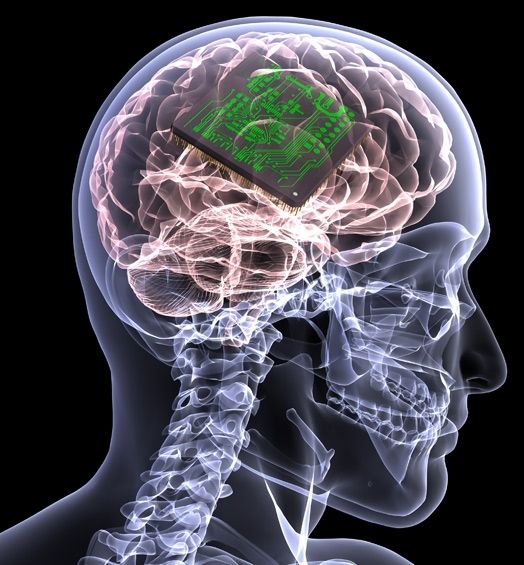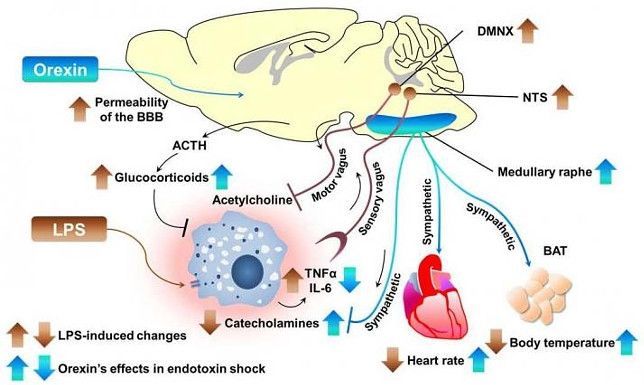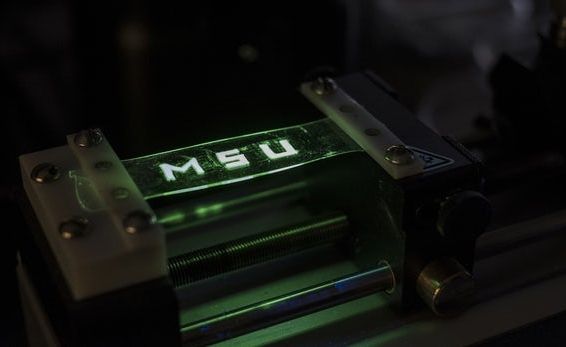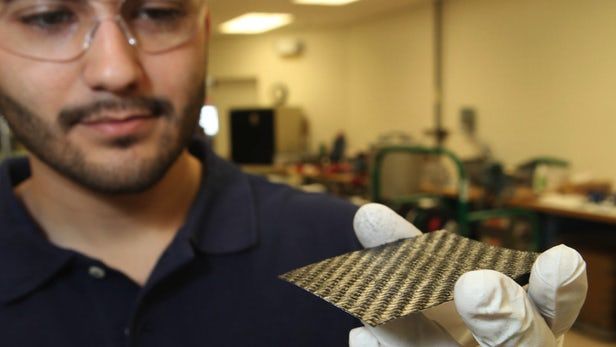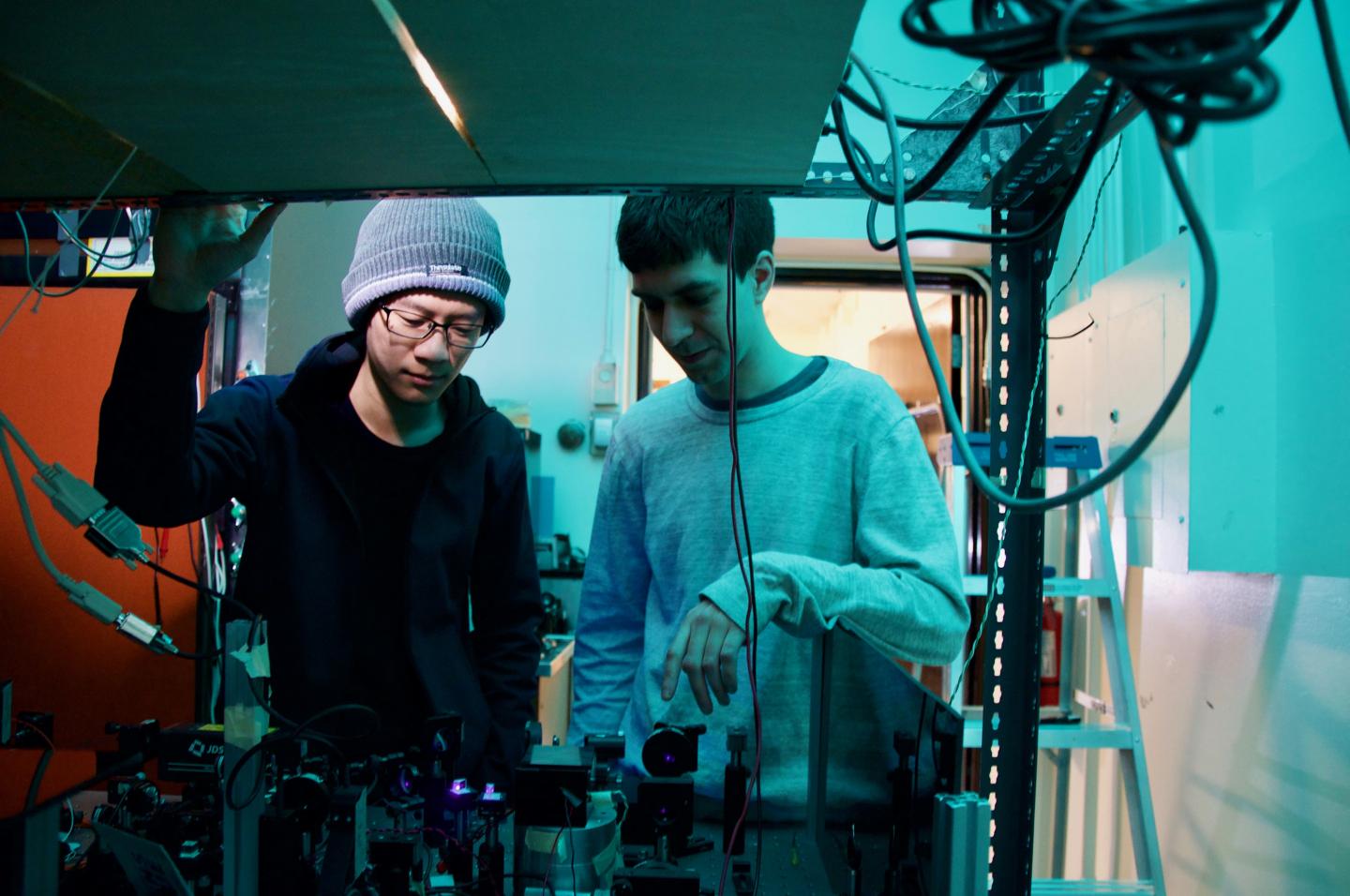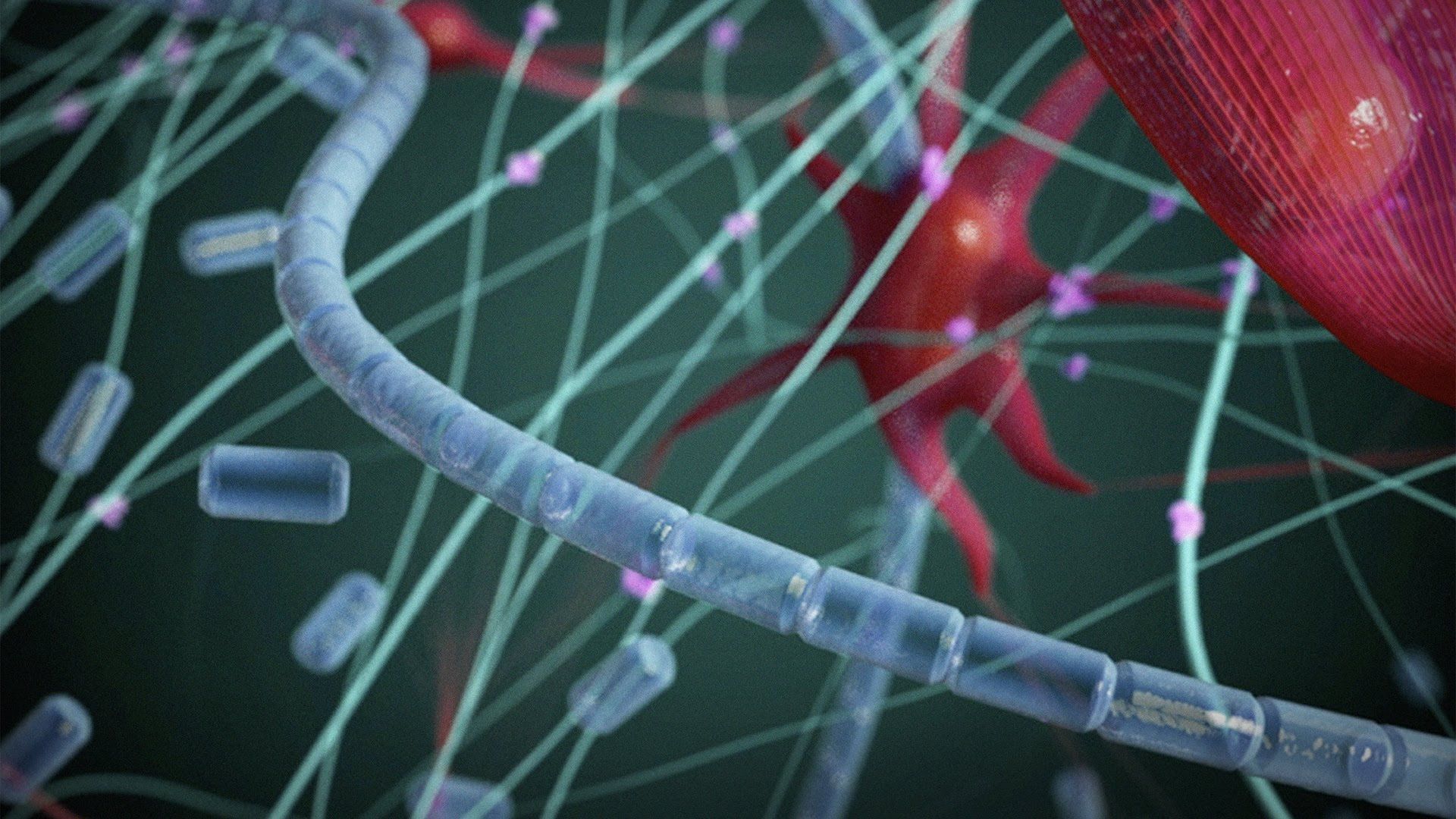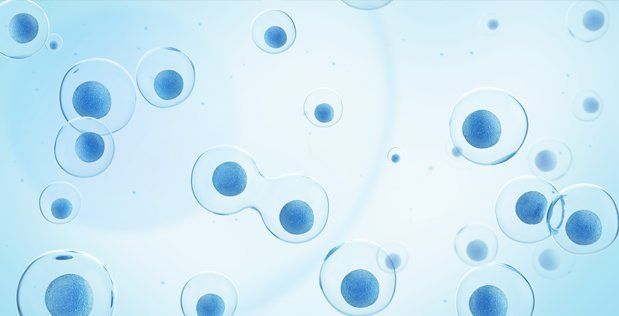Feb 16, 2017
Nanoelectronic thread probes form reliable, scar-free integration with the brain
Posted by Karen Hurst in categories: engineering, neuroscience
Another new interface method.
Engineering researchers at The University of Texas at Austin have designed ultra-flexible, nanoelectronic thread (NET) brain probes that can achieve more reliable long-term neural recording than existing probes and don’t elicit scar formation when implanted.
The researchers described their findings in a research article published in Science Advances (“Ultraflexible nanoelectronic probes form reliable, glial scar–free neural integration”).

